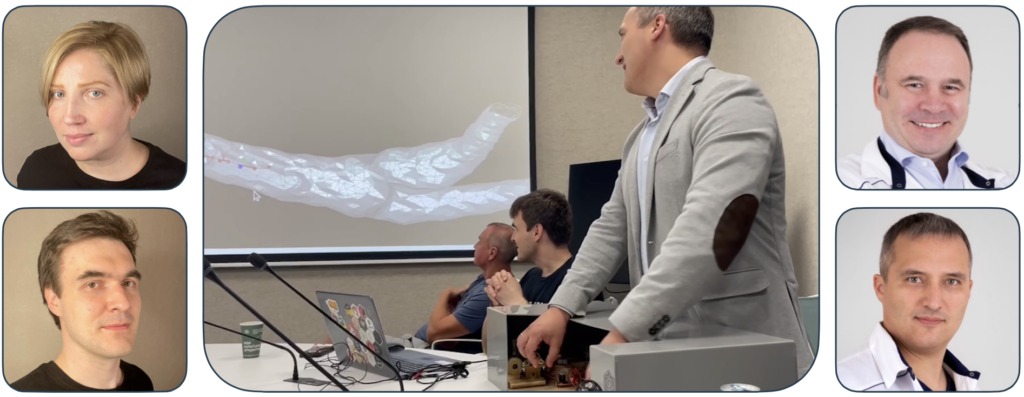levshai ecosystem
LevshAI Ecosystem is an intelligent robotic system for remote surgery.
The ecosystem is focused on an integrated approach in vascular neuro- and cardiac- surgery with a focus on neurosurgery. The ecosystem implements telesurgery and training that is safe for surgeons and patients.
The ecosystem provides an attentive approach to the individual characteristics of patients.
LevshAI ecosystem consists of three autonomous products that are combined into a single synergistic system.
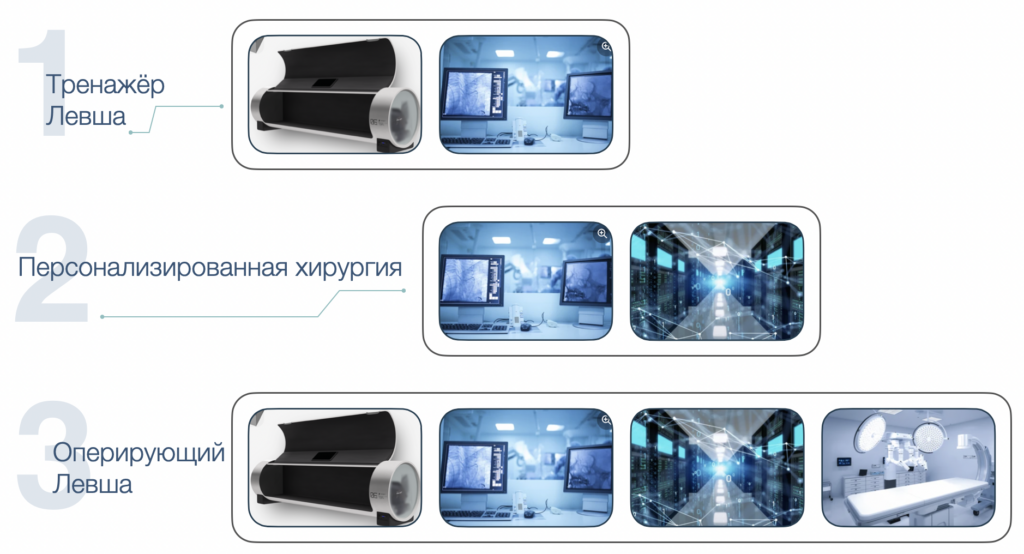
Existing problems and solutions
The x-ray surgeons exposure
Modern operations for vascular pathology of the brain and heart are carried out under the control of X-ray monitoring.
Solution: Operating LevshAI allows to carry out operations remotely.
Lack of training on systems close to real
In 2020, WHO recommended to train doctors on simulators. Now surgeons are trained mostly on patients, which is a risk for patients. Existing simulators for performing operations have a remote resemblance to the real systems that surgeons work with.
Solution: Training LevshAI provides a system identical to real operating conditions.Training LevshAI has haptic feedback, 3D simulation, and input system identical to real conditions.
Lack of a personalized approach to patients
The individual architectonics of cerebral vessels can be a serious problem for beginner surgeons. The need to change the tactics of surgery occurs in 30% of cases in experienced surgeons. In this case, a change in tactics carries the risk of complications.
Solution: LevshAI personalized surgery allows to create a model of the patient’s brain vessels and test several solutions before the operation, choosing the optimal one for this particular patient.
Lack of automatic detection of operation errors
Surgeons can cause complications due to a lack of proper qualifications. At the moment, there are no robotic systems that automatically correct the work of surgeons.
Solution: Active use of artificial intelligence.
1. Training LevshAI
(1) Training LevshAI allows surgeons to train on the device rather than on patients.
(2) Training LevshAI is equipped with an input device in the form of a system of catheters, twisters, and injectors familiar to endovascular surgeons.
(3) Training LevshAI has haptic feedback that provides the same feeling of contact with patients that surgeons are used to in the operating room — the isomorphic nature of the system
(4) Training LevshAI has a 3D simulator on the screen in which the surgeon sees the movement of the catheter inside the cerebral vessels in the simulation.
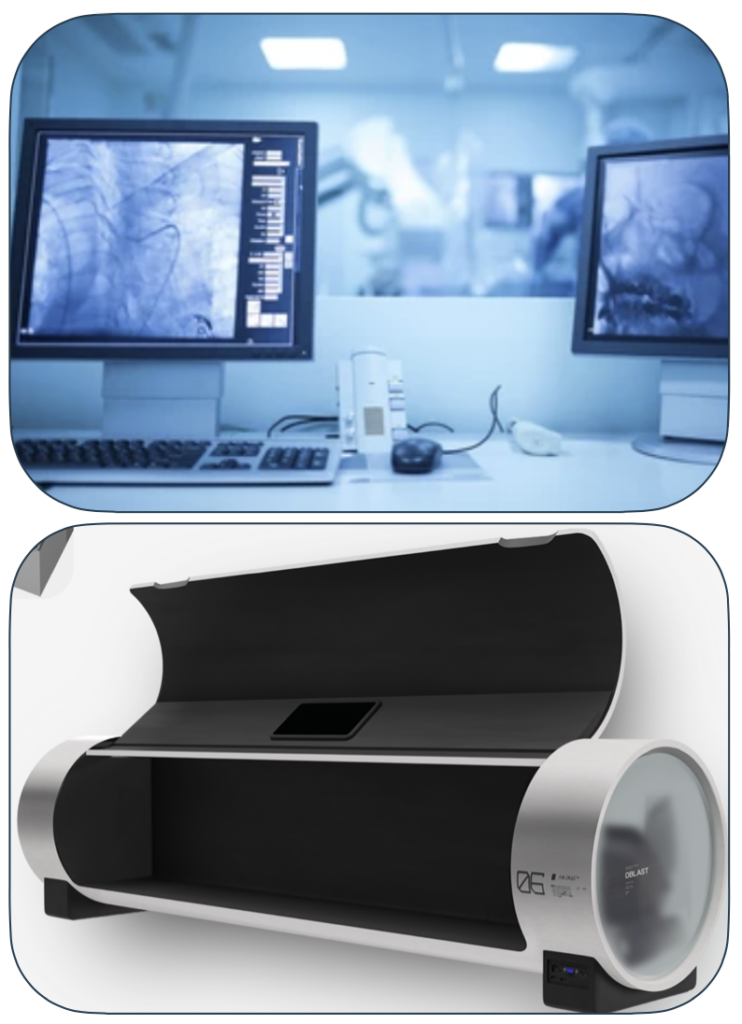
2. LevshAI Personalized Surgery
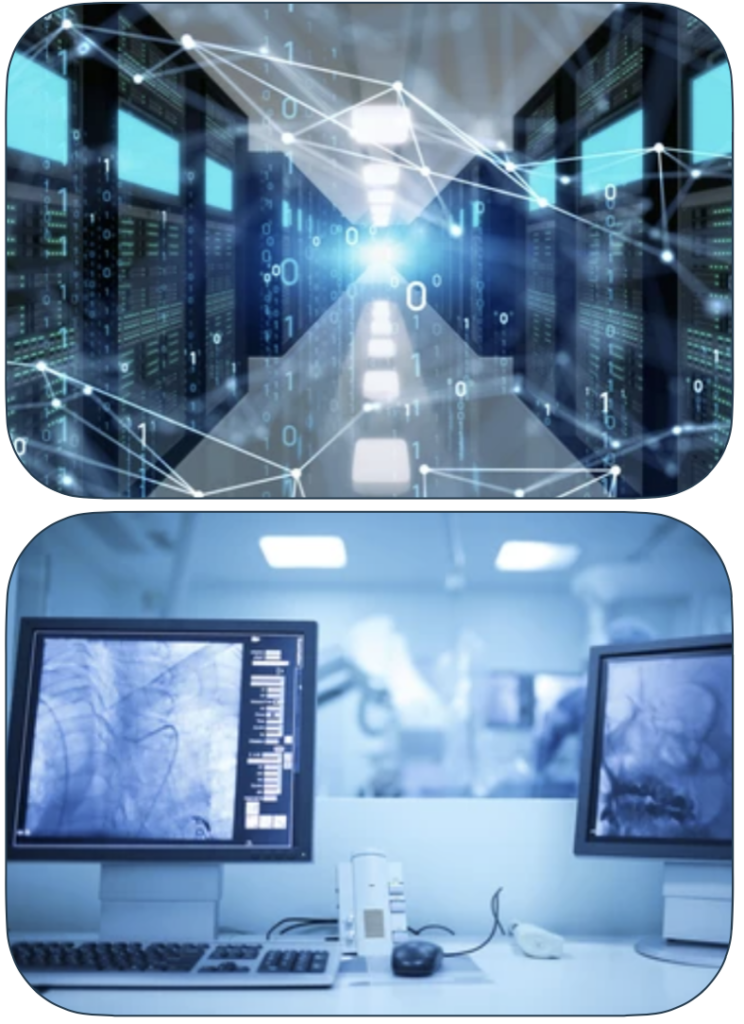
(1) LevshAI Personalized Surgery is a simulator (desktop application) and a server with artificial intelligence.
(2) Personalized surgery makes it possible to take into account the peculiarities of the architecture of the patient’s vessels, to create a unique simulation of the brain vessels of a given patient.
(3) In this unique simulation, surgeons can test the tactics of surgical intervention: select instruments, select the volume of the operation, and take into account all the individual characteristics of patients.
(4) AI assists the surgeon with recommendations for postoperative and preoperative management of patients with a personalized selection of recommendations based on patient data.
(5) The Personalized Surgery System may or may not use the Training LevshAI for pre-training.
3. Operating LevshAI
Operating LevshAI consists of two main blocks: a control block and an operating block.
(1) The control unit is located in the surgeon’s room. This block is identical to the LevshAI input device and is described above. The purpose of this design solution is to allow simulator-trained surgeons to adapt to the Operating LevshAI as quickly as possible.
(2) The operating unit is in the operating room and performs the surgeon’s movements received from the control unit.
Operating LevshAI is a copying robotic system with an intelligent component. That is, the surgeon’s movements received from the controlling device undergo intellectual changes — correction of the surgeon’s tremor, correction of the speed of catheter movement and detection of critical conditions.
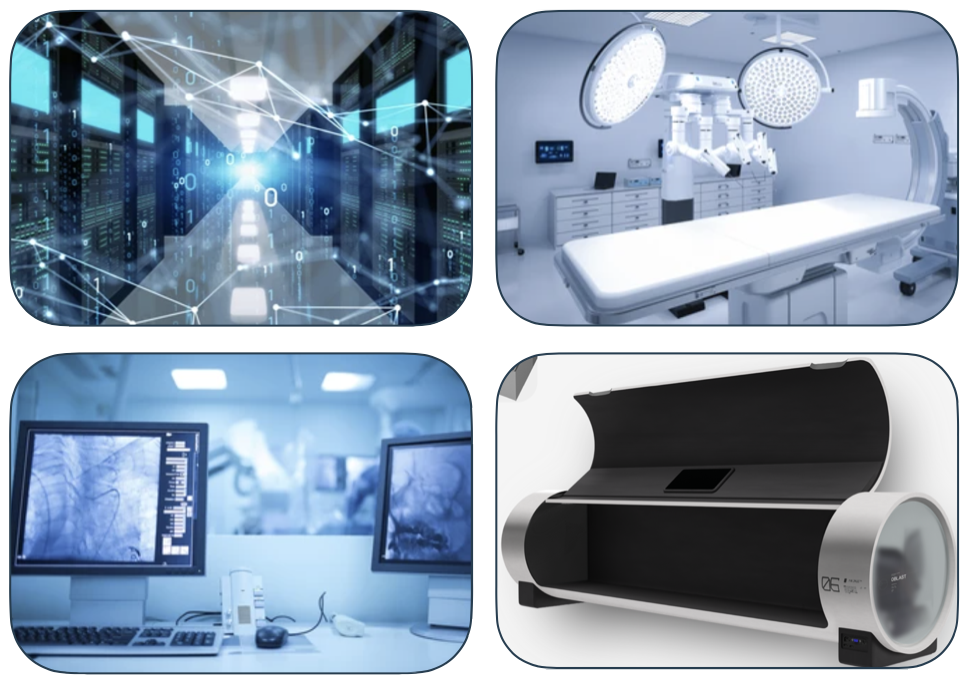
AI Server
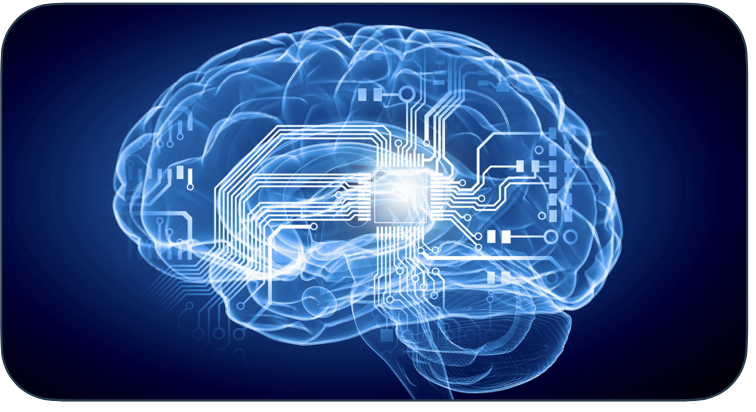
Warranty Service
Neurosputnik provides software and neural network updates for the LevshAI Ecosystem.
The team is constantly updating the dataset to develop more accurate deep learning models.
The team provides warranty service for all LevshAI Ecosystem modules.
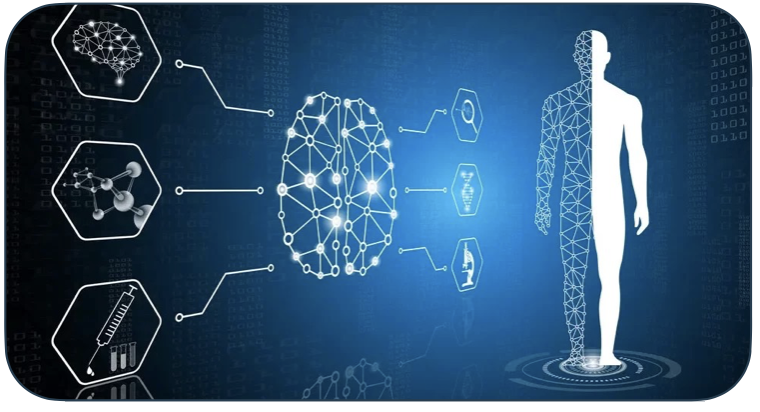
School of High-Tech Endovascular Neurosurgery
